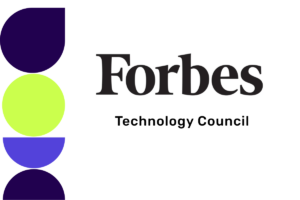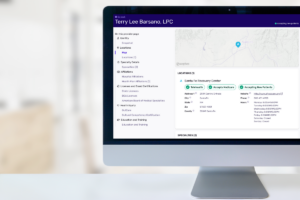Deepfakes—AI-generated synthetic media in which visuals or audio are manipulated to create deceptively realistic content—are often discussed in terms of their impact on the public’s perception of current events, but they pose a growing threat to businesses as well. Created and leveraged by unscrupulous actors, deepfakes can enable fraud, perpetuate misinformation and cause lasting brand damage.
Whether they take the form of a fabricated video, cloned voice or contrived image, deepfakes can erode trust and disrupt operations in ways many companies aren’t prepared for. Members of Forbes Technology Council discuss some of the specific ways deepfakes could be used to hurt a company and what leaders can do to defend their organizations (or respond when a deepfake succeeds).
Regularly Review Employee LinkedIn Profiles
“We’ve noticed LinkedIn profiles for people who claim to work at our company but who don’t or never have. Such deepfake profiles damage our company because our people, our reputation and our brand are being abused. Leaders can respond to this specific use of deepfakes by periodically reviewing all “employees” of your company. Look for surprises and flag the frauds for review by LinkedIn.” – Robert Lindner, Veda



